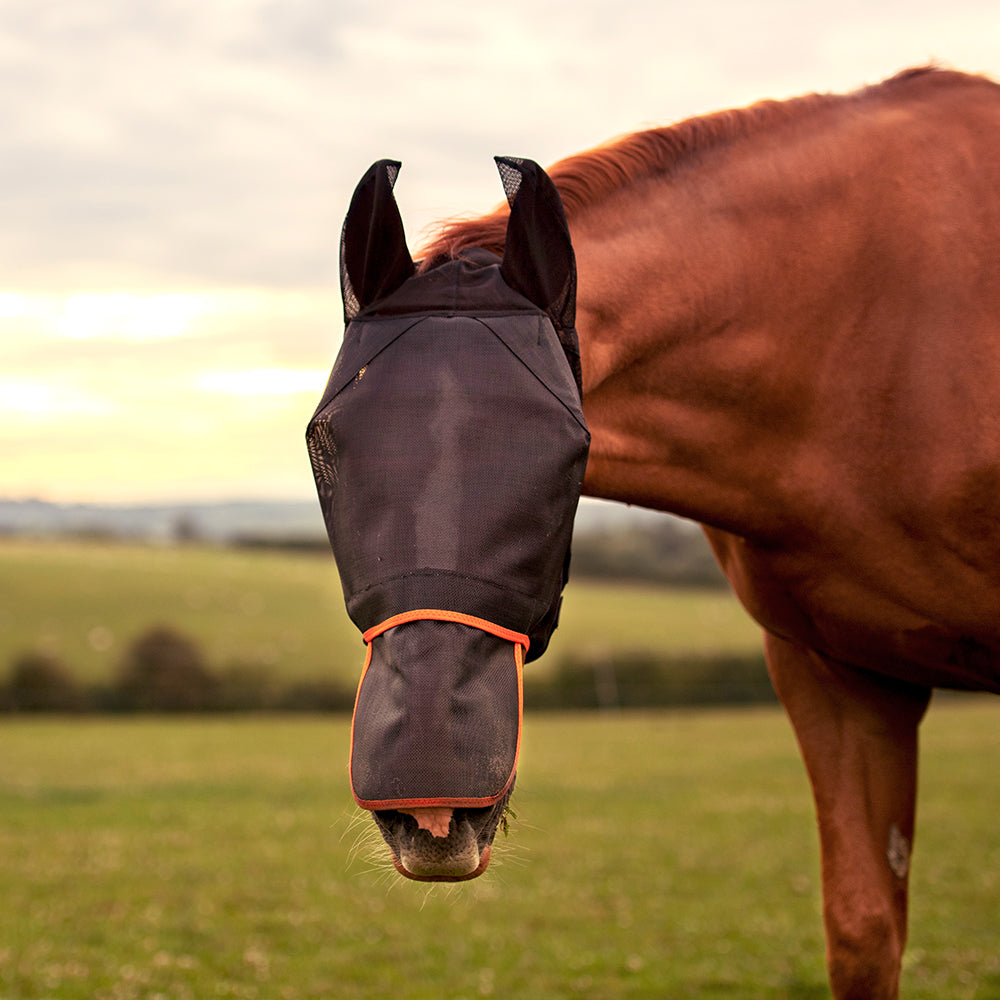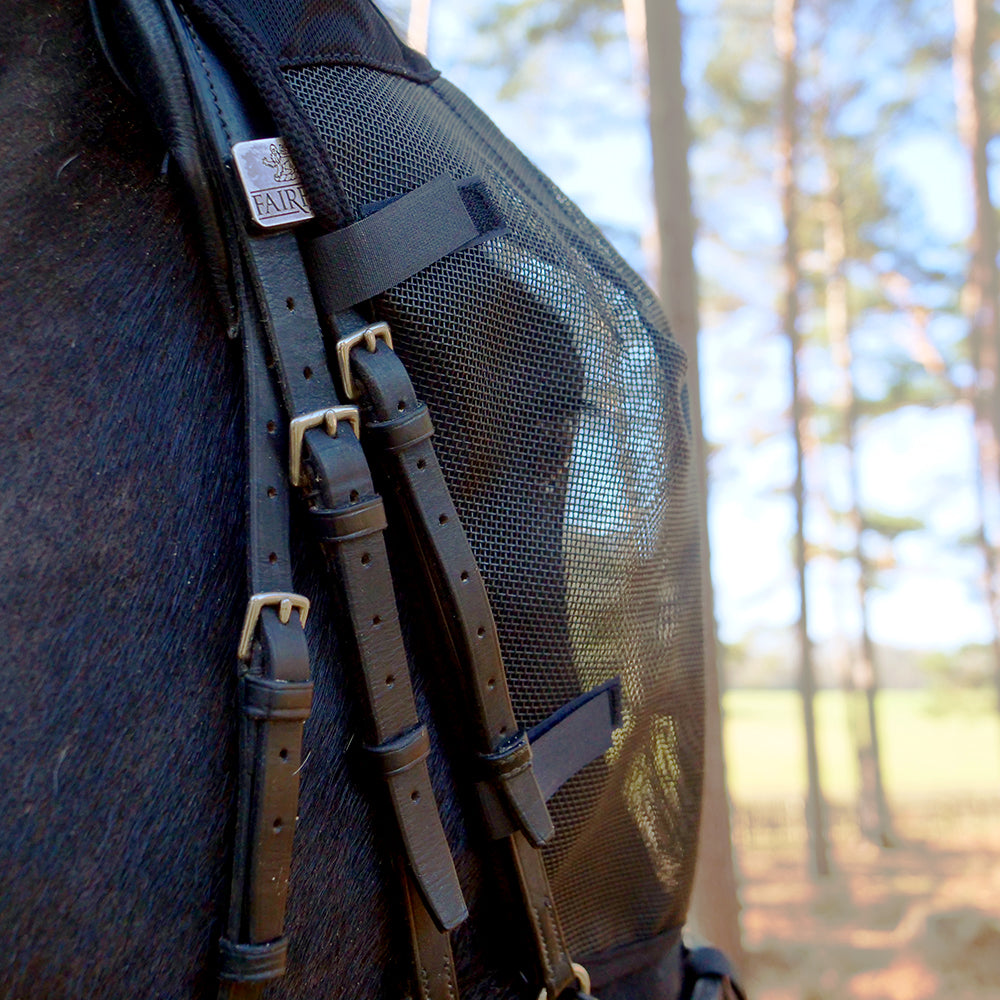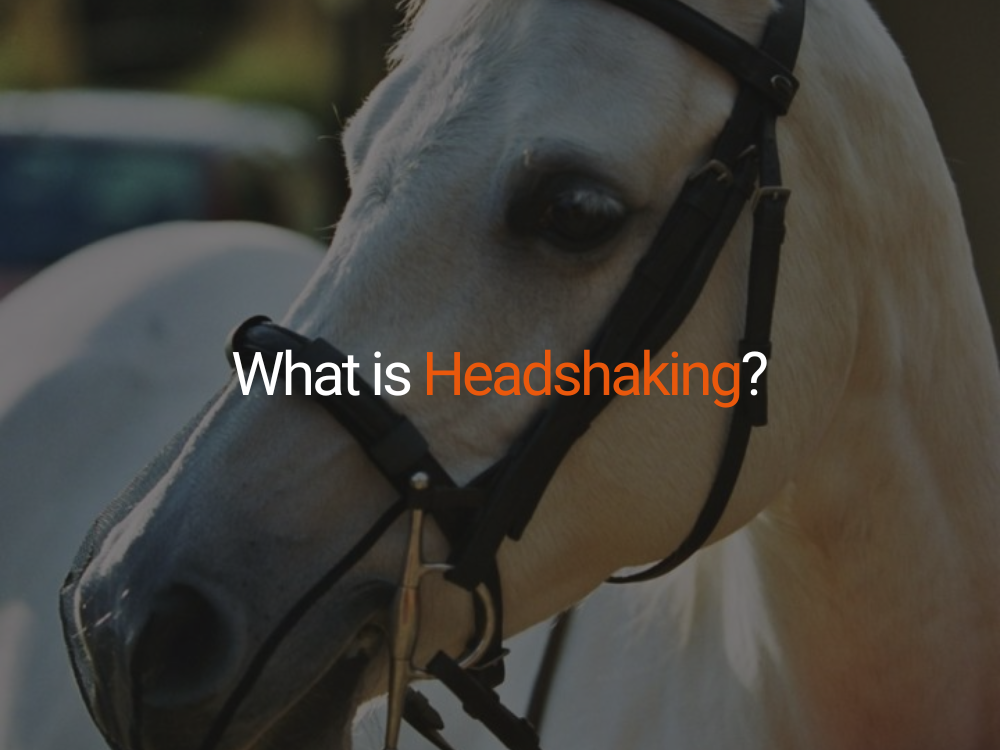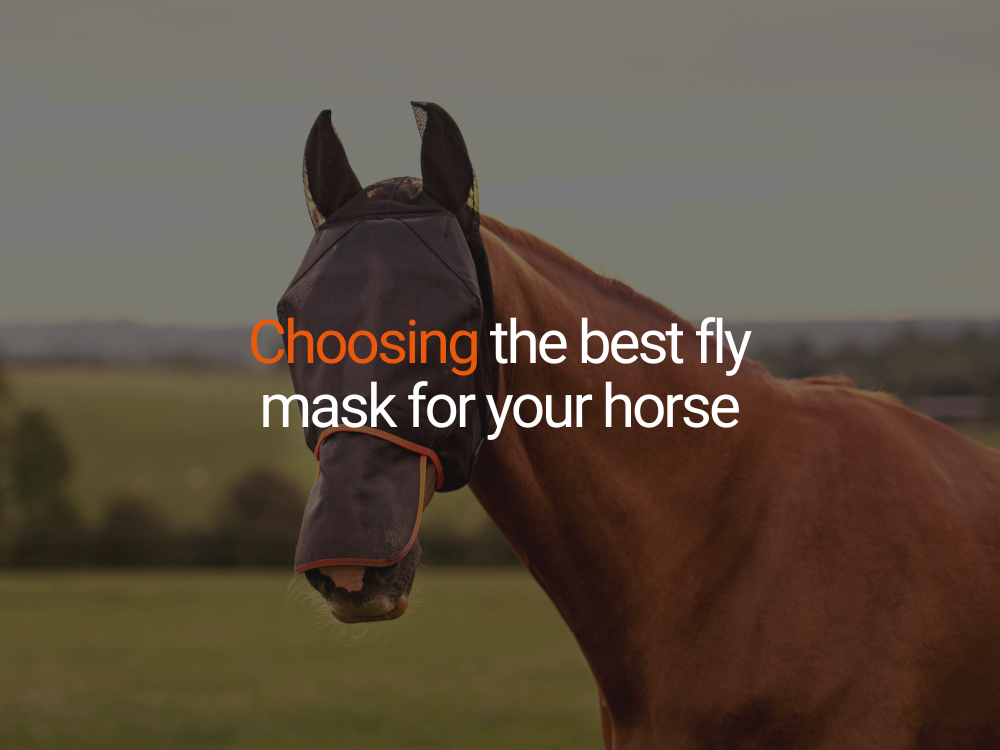
Fly Mask Selection

Spezielle Bestellanweisungen
Pferdebekleidung
Pferdebekleidung
Therapie
Pferdestiefel
Sonne & Flug
Halfter & Führstricke
Teppiche
Reitzubehör
Ernährung
Ernährung
Futter- und Heublöcke
Leckereien
Haynets
Bucket Covers
Shop by Pet
Reichweite
Additional B2B Information
Additional B2B Information
Disziplin
Bildungszone
The eyes of the horse are located laterally (either side) of the skull which maximizes the horse’s field of vision. The equine eye is a very delicate structure and in comparison to other species, does not tolerate injury or disease at all well. For this reason it is highly recommended that veterinary advice is always sought as soon as possible in any problem relating to the equine eye.
First of all a complete history of your horse will be taken, his age, breed and any previous illnesses noted. Current management of the horse is then determined followed by the details of the current problem.
The eye is a complex organ and there are numerous structures inside the eye which the vet will examine. First of all, the gross appearance of the eyes are assessed, checking for symmetry, swellings, overflow of tears, etc. His vision is then assessed by the menace reflex (does the horse blink if an object moves towards his eye?) and the pupillary reflex (a light is shone in the eye and the pupil should constrict).
In a darkened stable, an opthalmoscope enables the vet to visualise the interior of the eye. An assessment of the following structures is performed:
A normal, healthy eye will be open, clear and bright with no discharge. The conjuntivae will be pink and there will be no swelling present. A painful eye will present with some or all of the following signs:
If your horse presents any of the above clinical signs you should phone your vet immediately.
This is a very common condition seen in all type of horses or ponies and is extremely painful. Your horse’s eye maybe swollen, clamped shut, watering profusely and may have a cloudy appearance. Due to the pain he is experiencing, your horse will not allow you to open his eye manually and may even become naughty if you persist in trying.
A corneal ulcer is where the surface of the eye is damaged, usually caused by some kind of trauma or foreign body. Your vet will stain the eye to check for damage. An intact, undamaged cornea will not take up the stain whereas most corneal ulcers will stain green quite clearly.
Treatment consists of frequent application of serum, antibiotics and pain relief direct to the eye. Oral pain relief medication may also be administered if required. Turn out is permitted only with a fly mask to prevent damage to the back of the eye from the sun and secondary infection from flies or dirt.
Some corneal ulcers can be very persistent so prompt veterinary attention is essential.
Also known as “moon blindness”, this condition is an important condition in that it can recur throughout the horse’s life causing significant painful episodes which, in extreme circumstances, can lead to the removal of the eye.
This condition is often mistaken for a traumatic injury due to the amount of pain the horse is in and the swelling around the eye. ERU’s primary cause can be a virus, systemic disease or trauma. It is thought to be an immune-mediated disease where the structures inside the eye are inflamed. Often debris can be seen in the front of the eye, the cornea may be cloudy and the pupil constricted. Examination with the opthalmoscope is often resented due to increased sensitivity to light and the eye does not take up the stain.
Treatment consists of pain relief, topical steroids, antibiotics, serum and atropine (to dilate the pupil). This condition can be frustrating due to random repeat episodes causing significant pain and requiring aggressive treatment. It is thought that sunlight and wind can aggravate an episode so turn out is permitted only with adequate eye protection such as a fly mask with an eye patch sewn in.
Also a common but not so painful a condition, conjunctivitis is a bacterial infection of the eye. As an owner you will find your horse has an ocular discharge which is usually yellow or green in colour. The conjunctivae will be inflamed and there may be some swelling but in general the horse is not too worried.
Your vet will stain the eye to check for corneal damage and usually just dispense antibiotic eye drops. It is recommended that sterile water / saline soaked cotton wool swabs are used to clean the discharge away twice daily. In the summer months, ocular discharge will attract flies which exacerbate the condition, therefore it is recommended the horse is turned out at night, or otherwise in a fly mask.
This condition tends to worry the owner more than the horse. It presents as a persistent, watery, ocular discharge which despite regular cleaning does not settle down. It usually occurs in the warmer months and is very obvious when the horse is brought in from the field.
There is no pain or swelling with this condition unless a secondary bacterial infection has occurred. There can be hair loss in the area where the watery discharge lies or just matting of the hair in this area. Normally tears produced by the eye, flow down the nasolacrimal duct and drains into the nose. However the tear ducts are very fragile structures which are lined with a soft membrane. If damaged this lining can stick to itself and block the duct resulting in an overflow of tears from the eye. Although not a serious condition, the ocular discharge does attract flies which in turn can cause a bacterial infection.
Two treatment options exist, the first is management rather than treatment. The eyes can be wiped cleaned twice daily with sterile, soaked swabs and a fly mask used whenever the horse is turned out. Antibiotic eye drops maybe dispensed.
The second option requires the horse to be sedated so that the tear ducts can be flushed with sterile saline. This is not a painful procedure but the horse does feel some discomfort. Steroid / antibiotic eye drops are then dispensed to reduce any inflammation within the ducts.
Many horse owners feel happy managing this condition and tend to keep the flushing procedure as a back up plan. Flushing the tear ducts is obviously more costly and can be disappointing in that there may be a recurrence in the ducts becoming blocked.

For many eye complaints, treatment includes protection of the eye from sunlight and insects. For ERU ('moon-blindness') a mask with an eye patch for 100% protection is normally recommended.
For most other conditions, a good quality fly mask is recommended by many vets to their clients. It should be looked at that the fly mask stays well away from the eye, is comfortable for the horse and offers UV protection too.

There are several common eye conditions, which can be very painful for the horse. Horses' eyes are unusually delicate, and this, combined with the horse's reliance on the sense of sight, means that all symptoms of a potential eye problem should be treated seriously.
It is strongly recommended that veterinary advice is always sought as soon as possible, to assess the condition and start treatment.
By Claire McKinstry MRCvs

Was ist Headshaking?
Vielleicht lernen Sie gerade erst, in diesem Frühjahr ein neues Reittier zu reiten, oder Sie bringen Ihren Nachwuchs mit. Stellen Sie sich Ihr Entsetzen vor, wenn Sie feststellen, dass Ihr Pferd anfängt, den Kopf zu schütteln. Ihre Träume, an Wettkämpfen teilzunehmen oder sogar sicher zu reiten, beginnen um Sie herum zu zerbröckeln. Aber verzweifeln Sie nicht – Kopfschütteln muss nicht das Ende der Reitkarriere Ihres Pferdes bedeuten.

Fliegenmasken für Pferde – Wählen Sie die beste Fliegenmaske für Ihr Pferd
Die beste Fliegenmaske für Pferde je nach Pferdetyp auswählen ...
Es gibt so viele Fliegenmasken auf dem Markt. Wir wissen, dass es bei der Auswahl einer Maske nicht immer eine Einheitsmaske gibt. Genau wie beim Anprobieren von Schuhen oder Kleidung können bestimmte Modelle bequemer sein als andere – aber es ist eine persönliche Entscheidung.
Wir haben Pferde in vier Haupttypen eingeteilt.

UV in Bremsen-Fliegenmasken: Was Sie wissen müssen
Fliegenmasken sind eine gängige Ausrüstung für Pferde, aber viele Menschen wissen nicht, dass sie auch UV-Schutz bieten. In diesem Blogbeitrag besprechen wir die Bedeutung des UV-Schutzes für Pferde und wie Fliegenmasken dabei helfen können. Wir geben auch einige Tipps zur Auswahl der richtigen Fliegenmaske für Ihre Bedürfnisse.
Melden Sie sich für unsere Mailingliste an, um Updates zu unseren Produkten, Verkäufen und exklusiven Prämien zu erhalten
Verbinde dich mit uns
© 2025,
Equilibrium.Copyright © 2024 Equilibrium Products Limited. Eingetragen in England und Wales Nr. 03762996.
Wir verwenden Cookies und ähnliche Technologien, um die bestmögliche Erfahrung auf unserer Website zu bieten.
